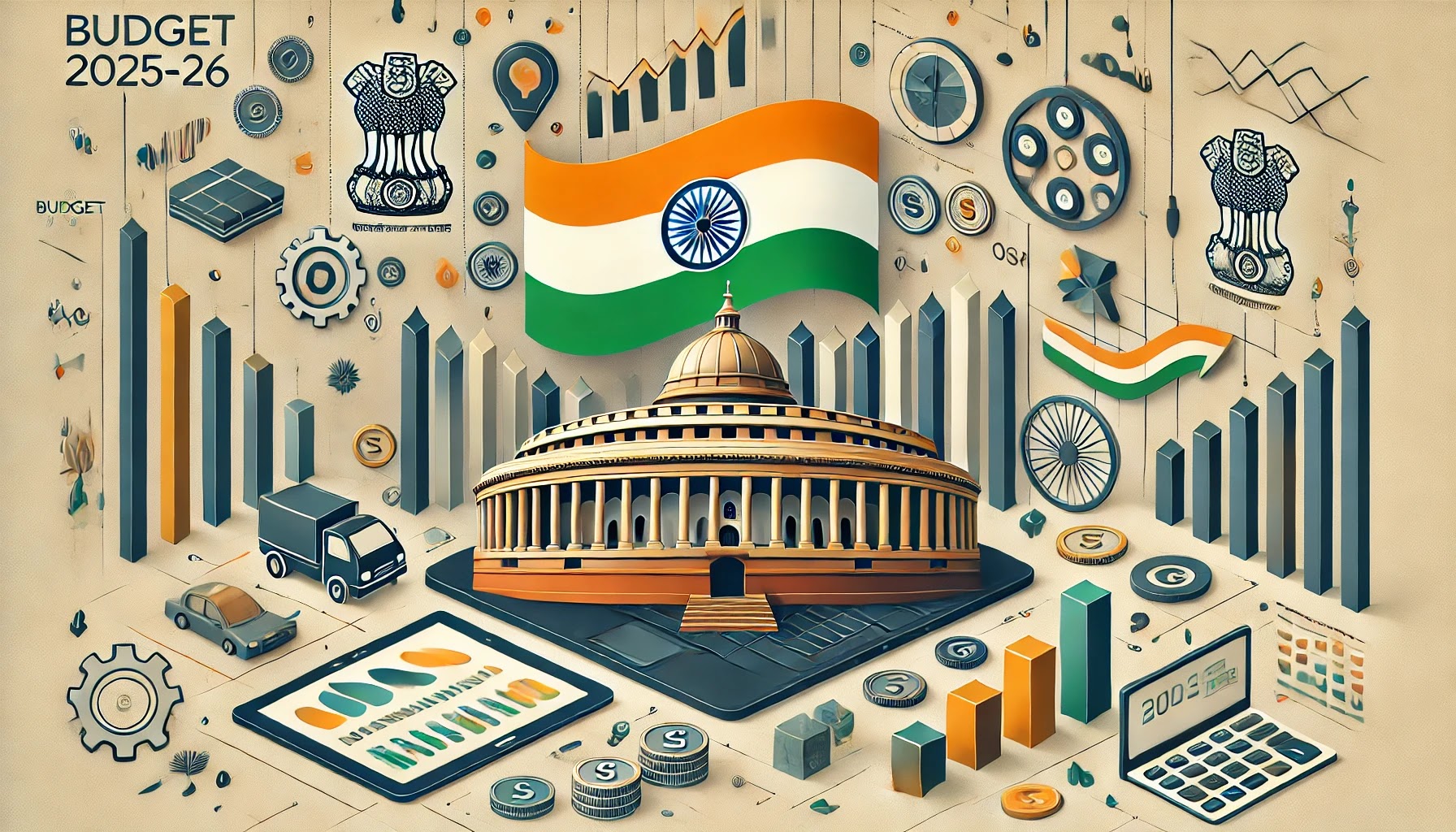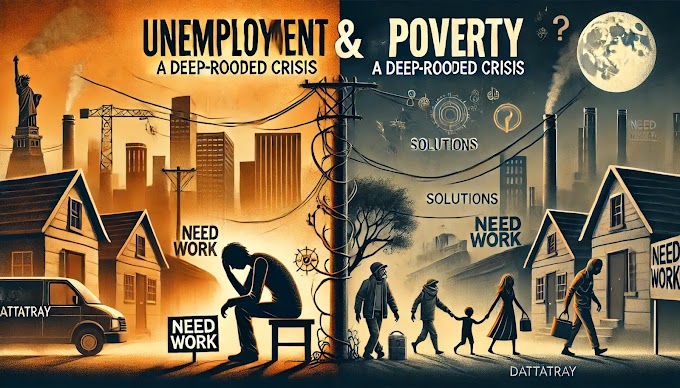Unraveling the Threads: A Dive into Monetary Policy
Introduction:
In the complex tapestry of economics, one of the most influential threads is monetary policy. Governing the money supply and interest rates, monetary policy is a tool wielded by central banks to achieve economic stability and growth. In this blog, we'll unravel the intricacies of monetary policy, exploring its goals, tools, and the profound impact it has on economies.
Understanding Monetary Policy:
At its core, monetary policy is the management of money supply and interest rates by a central bank to achieve macroeconomic objectives. The primary goals of monetary policy typically include:
Price Stability:
- Controlling inflation and preventing deflation to maintain a stable price environment.
Full Employment:
- Promoting job creation and minimizing unemployment by fostering economic growth.
Economic Growth:
- Facilitating a conducive environment for sustained and balanced economic growth.
Tools of Monetary Policy:
Central banks employ various tools to influence the money supply and interest rates, thus steering the economy in the desired direction. The primary tools include:
Interest Rates:
- Adjusting the benchmark interest rate, often the federal funds rate, to influence borrowing costs and spending.
Open Market Operations:
- Buying or selling government securities to control the money supply and interest rates in the open market.
Reserve Requirements:
- Mandating the amount of funds banks must keep in reserve, affecting the lending capacity of banks.
Discount Rate:
- Setting the rate at which commercial banks can borrow directly from the central bank, impacting overall interest rates.
The Impact on Economic Variables:
Inflation:
- By manipulating interest rates and the money supply, central banks aim to keep inflation within a target range. Lower interest rates typically encourage borrowing and spending, stimulating economic activity.
Employment:
- Through promoting economic growth, central banks contribute to job creation and reducing unemployment.
Interest Rates:
- Central banks use interest rates as a lever to control borrowing costs. Lower rates spur economic activity, while higher rates can cool off an overheated economy.
Exchange Rates:
- Monetary policy can influence currency values. Lower interest rates may lead to a weaker currency, boosting exports and economic competitiveness.
Challenges and Criticisms:
Time Lag:
- The impact of monetary policy on the economy is not instantaneous. There is often a time lag between policy implementation and its effect on economic variables.
Asset Bubbles:
- Aggressive monetary policies, especially prolonged low-interest rates, can contribute to the formation of asset bubbles, such as in housing or financial markets.
Inequality:
- Critics argue that certain monetary policies, especially those involving quantitative easing, can exacerbate income inequality.
Conclusion:
Monetary policy is a formidable force in shaping the economic landscape. As central banks carefully calibrate interest rates and manipulate the money supply, they aim to navigate the delicate balance between inflation, employment, and economic growth. Understanding the nuances of monetary policy is not just the purview of economists; it's essential for businesses, investors, and individuals alike. As we witness the ongoing dance of central banks around the world, the impact of monetary policy continues to shape the contours of our global economic journey.
.png)







.png)
.png)


.png)

0 Comments